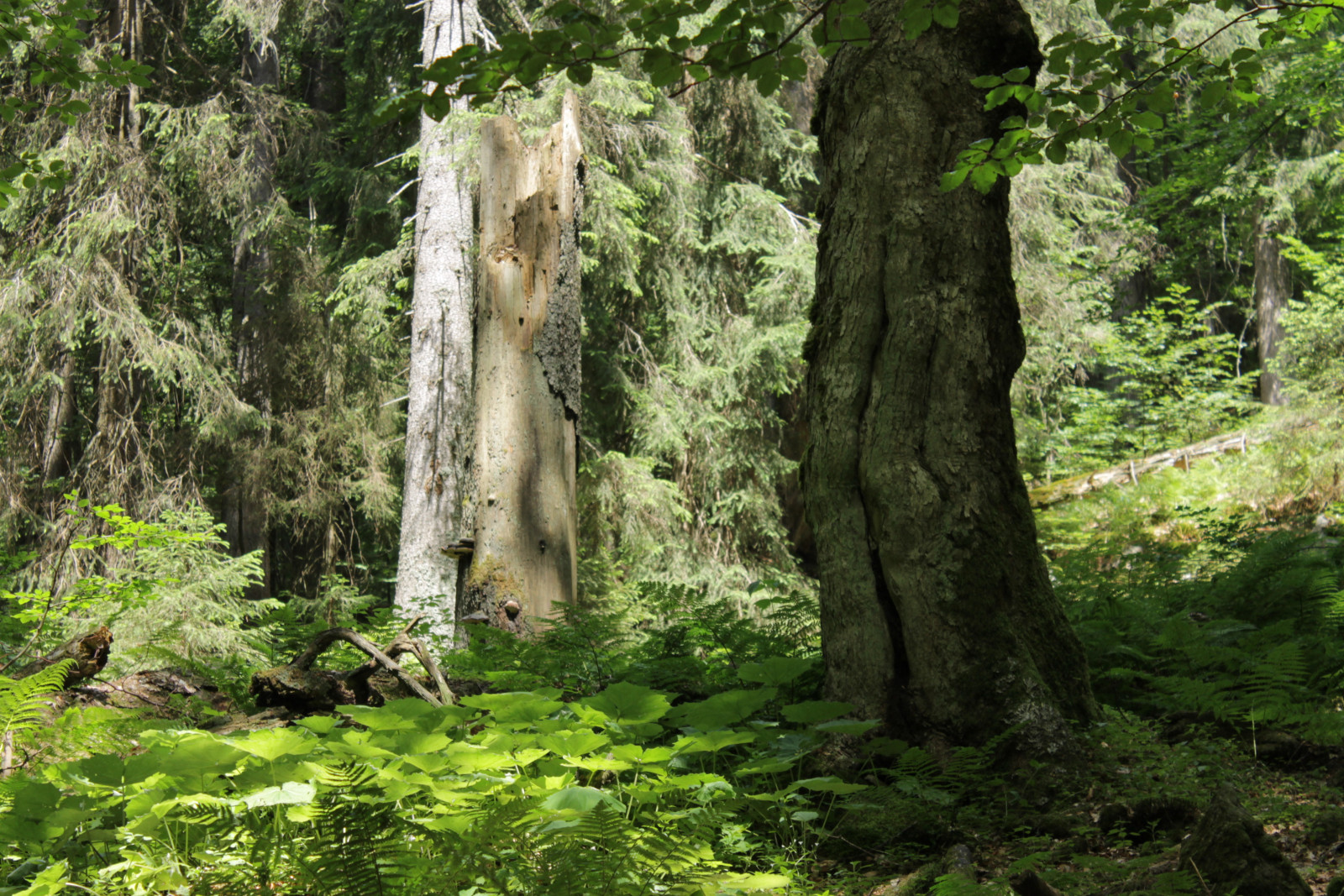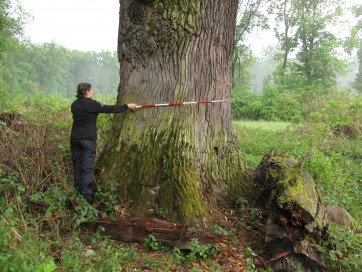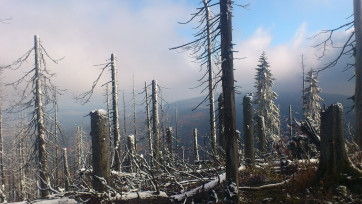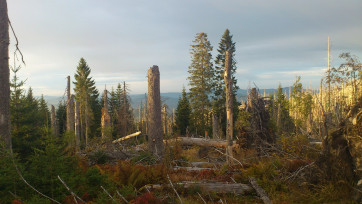The presence of dead wood is a fundamental feature of a forest environment and distinguishes it from a non-forest environment. The term dead wood refers to various forms of standing or lying wood, which is created by the death of trees or parts of trees in the forest. Forest ecosystems evolved into their present form over tens of millions of years along with the production of dead wood and its return to the nutrient cycle. During development, the complex ecosystem of the forest has developed many important ties to dead wood – for example, it forms a substrate for woody plant seedlings (woody plants often create micro-habitats for the rejuvenation of their own species); acts as a long-term natural fertilizer; it reduces the risk of soil erosion and mainly creates a biotope for various groups of organisms, such as fungi, lichens, bryophytesm beetles, diptera, hymenoptera, mites, helminths and a whole range of vertebrates.
The full English version of this article is being prepared.





